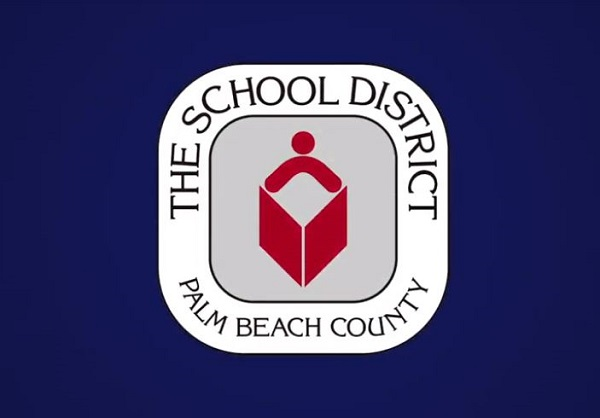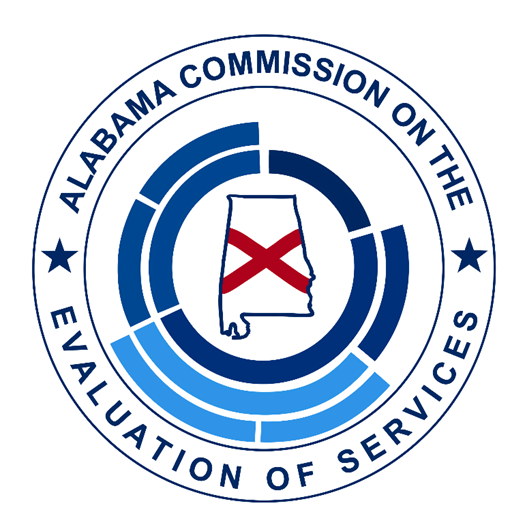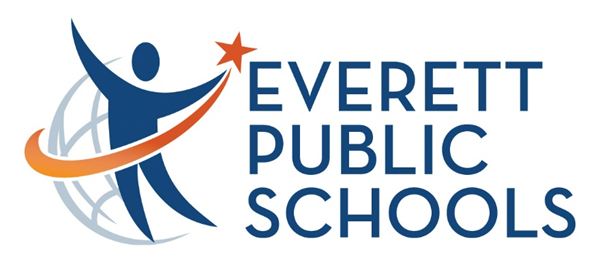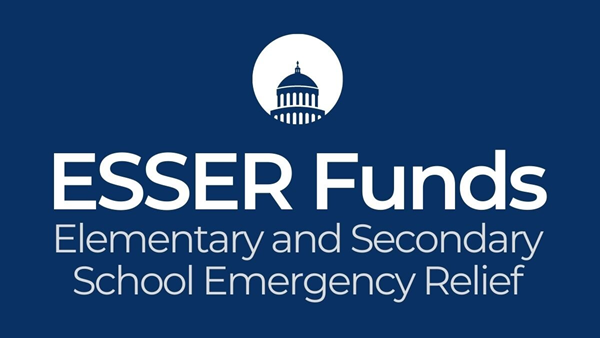Teachers are receiving big raises in many districts. Can you keep up? – By Matt Zalaznick, District Administrator
A message to K-12 leaders who are worried about sharing a shrinking pool of teachers with other districts: some states and school systems are giving out big and, in some cases, historic raises. This will likely put further competitive pressures on superintendents and school boards who haven’t increased compensation as communities across the U.S. grapple with teacher shortages that have worsened during the pandemic.
Some districts have implemented substantial salary boosts in recent weeks. The School District of Palm Beach County in Florida has given teachers a 3.5% increase in base salary, retroactive to July 1, 2021, as well as a one-time $1,500 bonus and up to three days of bereavement leave. The full package represents a 6% increase, which significantly exceeds raises offered by the state. “This settlement is a well-deserved win for teachers,” the district says on its website. “The school district hopes this helps to attract additional educators to Palm Beach County schools.”
Milwaukee Public Schools is giving teachers a 4.7% raise, the largest salary increase in 10 years, the Milwaukee Journal Sentinel reported. That figure matches the rise in inflation, which is the maximum wage increase teachers can receive under state law, according to the newspaper.
In Texas, Round Rock ISD near Austin just approved a 4% pay increase, bringing a starting teacher’s salary up to $52,600 a year. All teachers and librarians will see an increase of at least $2,250, the district says on its website. “We know we have a long way to go to ensure educators are compensated fairly,” Superintendent Hafedh Azaiez said. “We will continue working with Texas legislators to advocate for more funding for public education and create avenues to boost teacher salaries.” The salary increases, which also cover administrative and instructional support staff, will cost the district $15.2 million.

Half of Alabama’s new teachers leave first classroom within three years, report says – By Tricia Powell Crain, Alabama.com
More than half of Alabama’s first-time teachers leave their first classroom before the end of three years, according to a new report from the Alabama Commission on the Evaluation of Services, creating a “churning turnover” that is costly and increasingly difficult for some districts to improve. The report put the national five-year exit rate at 44%.
Alabama’s current efforts to keep teachers in the classroom aren’t enough, the report states, costing taxpayers millions of dollars every year. The cost to replace first-time teachers is high–between $9,000 and $40,000 per teacher. Schools pay a minimum of $10 million to $15 million every year to replace them, according to the report.
The report, second in a series about factors impacting Alabama’s teacher shortage, looked at what is at the heart of the shortage issue and what can be done to improve first-time teacher retention, in particular. ACES criticized the state’s lack of data on teacher vacancies, a standard measurement used by other states, that could help pinpoint where needs are the greatest.
The report focused on two big issues, support for new teachers and declining employment of certified teachers; addressing them might help keep more qualified teachers in the classroom, researchers said.

‘More than a warm body’: Schools try long-term solutions to substitute teacher shortage – By Neal Morton, The Hechinger Report
Over the past few months, Nathan Roberts has witnessed dozens of substitute teachers stumble through their first days at Penny Creek Elementary School.
He’s watched them circle the parking lot outside, wondering whether to leave their car in a visitor or employee spot. He’s encountered subs in the hallway, looking for the library or a place to make copies of classwork. And he’s noticed when they struggle to remember a kid’s name while taking attendance or praising students for good work.
Roberts is a substitute, too, but by now he knows his way around campus. Unlike the other subs — many of them parent volunteers or people looking for a little extra work — he’s a full-time, salaried employee with health benefits and a long-term contract with Everett Public Schools, north of Seattle. In January, the school district hired Roberts and about two dozen other “floaters” as part of a broader effort to improve the quality of substitute teaching and alleviate a staffing crunch that grew dire during this winter’s Covid-19 surge.
“Instead of trying to find a sub every single morning, or bringing in administration, I can step in for the entire week and give those kids some consistency,” Roberts said. “It’s so much better when I actually know the kid’s name and a little bit about their learning style or how to help when they’re struggling.”
Even before Covid, the U.S. faced a critical shortage of substitutes. Schools were unable to cover teacher absences some 20 percent of the time in 2018-19, according to the Frontline Research and Learning Institute, a research firm. Black and Hispanic students and students living in poverty were most likely to have to go without substitutes, according to a 2020 study from the Annenberg Institute at Brown University.

SC after-school programs doubling down on ESSER funds – By Nick Reagan, Live 5 News
The South Carolina Department of Education is pumping millions of dollars into after-school programs around the state.
In a press release, the department says it’s partnering with South Carolina Afterschool Alliance to disperse $14.5 million of ESSER money to programs across South Carolina.
SCAA is the hub for after-school programs that give parents easy access to individual programs, large and small. In Charleston County, there are 92 partner programs listed on its website, including groups like Communities in Schools, Wings for Kids and Kaleidoscope.
“We partnered with the superintendent and the department of education to develop a plan to identify and fund evidence based-program in underserved areas to address the disproportionate impacts of COVID-19 on students through after-school and summer programs,” SCAA CEO and President Zelda Waymer.
SCAA has already picked which programs will receive an allocation and how much that allocation will be, however, they have not yet disclosed that information. Waymer says they received more than 200 applications for funding and expects that money will be sent out in the next two to three weeks.
“One of the requirements for our grant was the fact that you cannot have additional federal dollars to implement the same program,” Waymer said. “So with these funds, they have to be implemented without any other ESSER funds or federal support financially.”












